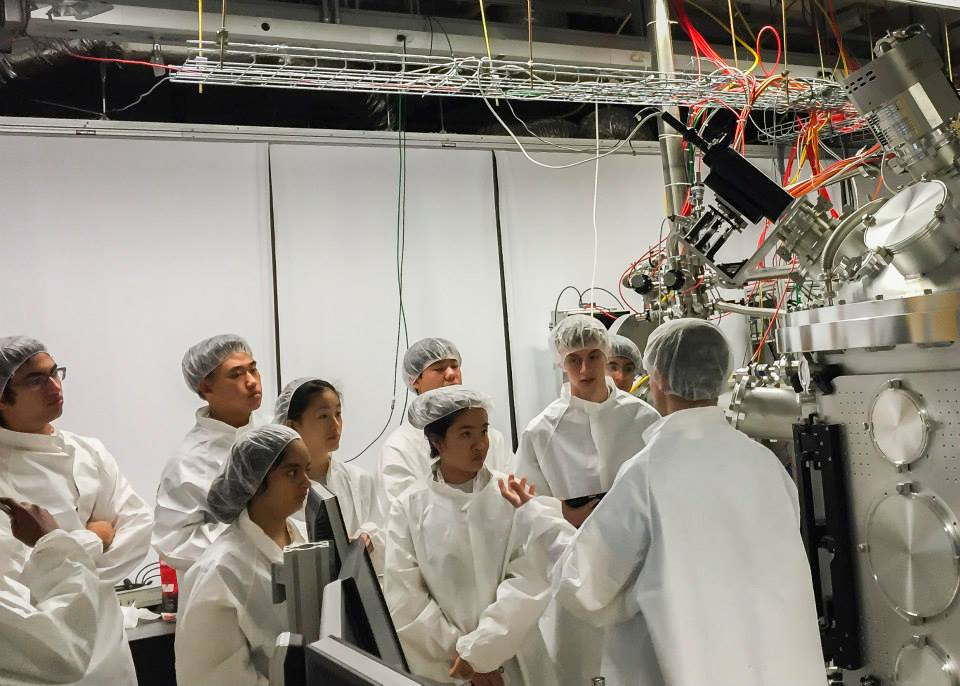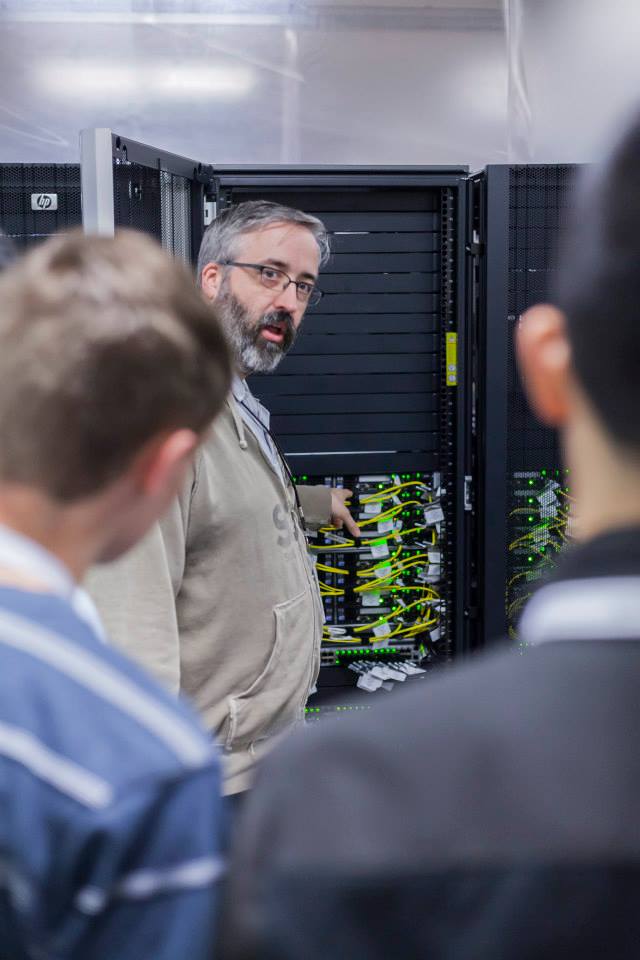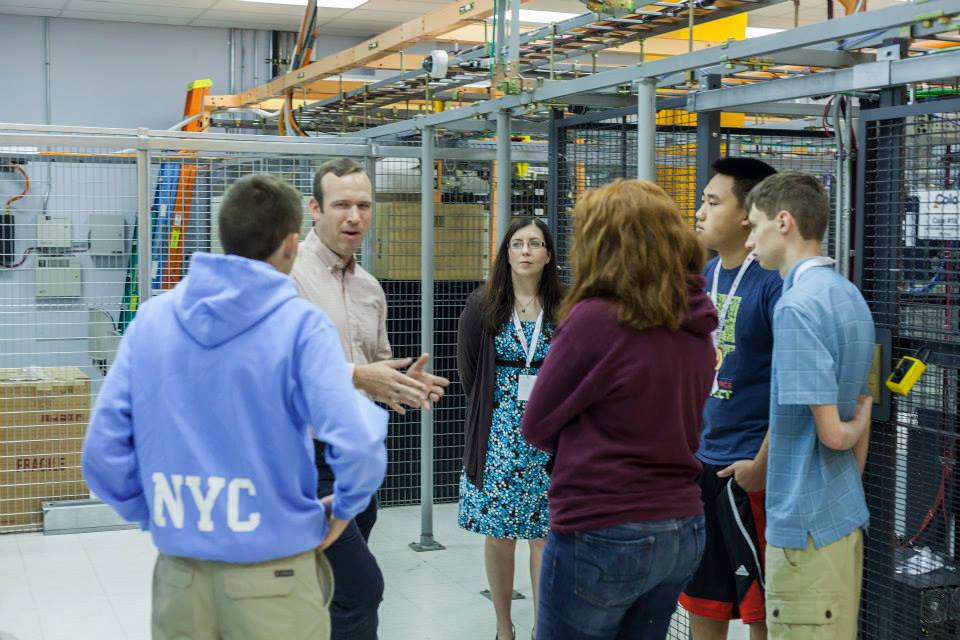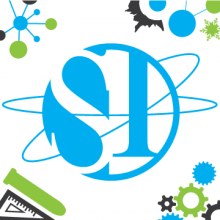Over the past five years, I have had the privilege of working with the Summer Institute program at the Ohio Supercomputer Center. Summer Institute, SI for short, is “a two-week residential program that gives gifted Ohio high school students project-based, hands-on learning,” and each year is a unique experience for both myself and the students who participate in this program.
At the beginning of the camp, students choose from 4 or 5 projects that cover a very wide range of STEM topics. These topics are geared to show how computational science has applications in a variety of fields. Students will be studying anything from networking and cyber security to cancer cell metastasis and nanofluidics. Once the students select which project they wish to work on, they are always excited to apply what they have learned in their high school classrooms to these projects. For me, as an educator, the excitement is that each project is essentially a Problem Based Learning activity.
Problem Based Learning, or PBL, is an idea in education where you present students with a problem or a scenario that needs a solution and allow the students to design and implement their own ideas on how to solve the scenario. Learning can occur at any point in the process, and it can be in a variety of forms. At times you may use direct instruction or group instruction to address basics or to address a common issue with which a large portion of the students are struggling. At other times, you may allow more self-directed instruction as students work in teams or on their own.

In the SI projects and activities, I’ve found that students are invested in their learning because they have chosen to apply to the camp because they are interested in computational science, they have a choice in which project they work on at camp, and they are the ones who drive what happens in the project rather than the way you usually see in a traditional classroom.
A wonderful example of how these projects are owned by the students occurred just this year. The Comets Project is one I’ve encountered every year I worked with SI, and in previous years students work in Matlab, a high-level technical computing language and interactive environment, in order to analyze images from SOHO to find comets. This project tends to be one of the more difficult ones due to the fact that the majority of students haven’t encountered Matlab before or, if they have, they have only used the basics. This year, the students’ solution to the difficulty of Matlab was to instead complete the entire project in Python, a more widely used general-purpose programming language. This changed the dynamic of the project greatly, but it really shows how it is the students who own these projects and not the staff. As I write this, the students currently are working to translate Matlab commands into Python. Here’s wishing them the best in that endeavor. Another factor that I feel makes these projects more real to the students is that failure is an option. They are not graded in any way, and there’s no penalty if what they tried doesn’t work out. In the world beyond the classroom, when an idea doesn’t work, you revise that idea or you try a new one. That is what these students are encouraged to do in the given time.

Now if this camp was only about the projects, I think we would have some very, very stir-crazy students on our hands by the end of the two weeks. That’s where some of the real beauty behind the activities at Summer Institute comes in. Not only do the students get to work with their peers and with professionals during their projects, they also are exposed to much more than these projects encompass. Summer Institute gives these students the unique opportunity to visit many of the myriad research laboratories located on the campus of The Ohio State University. The students get to see, touch and interact with all kinds of research technology. They get to visit the High Energy Density Physics Scarlet Laser Facility, the Center for Automotive Research and many other places, all of which utilize computational science in some form. Not only do they get to interact with the technology, they also get to meet researchers who use the supercomputer for their research. These researchers graciously take time to explain what they’re doing, why they’re doing it, why it’s important and answer the mountains of questions that the students have. The experiences these students get go well beyond the topics that their respective projects cover in order to show them that there is so much they can do. All they need to do is decide. Easier said than done.
The students who attend SI are among the top students in their respective schools and are each very intelligent in their own right. Not every student is a programming whiz, not every student just immediately absorbs scientific concepts, but together as a group they have all of the necessary skills they need to be successful. For some of these students, this is the first time they have encountered other students of their caliber. As an educator, it is wonderful to see these students becoming engaged and watching them interact with other students who can and do make them think and provide them with the encouragement, or challenge, to push themselves to do more than they would otherwise. It’s good to see these students challenged and to watch them persevere through the rough spots. Personally, I enjoy seeing so many girls here. This is partially due to the fact that OSC runs another program, the Young Women’s Summer Institute, geared towards middle-school aged girls, but we are also seeing a rise in girls participating in STEM classes and activities in the schools.

At the end of the camp, each group gets to present their findings to not only family and friends but to professionals who have sponsored the camp, as well as various employees from the Ohio Supercomputer Center. This often is a much larger group that many of these students have presented to prior to this camp, not to mention the fact that they’re presenting to experts in the field of study about which they are presenting. This can be a nerve-wracking experience, yet when all is said and done the students are always excited and happy to have met the challenge to present to such a wide audience.
As a teacher, I take away the unique experience of working with some of the most hard-working, gifted and creative students from all over Ohio. I also gain connections to individuals and groups that I otherwise would never had the chance to meet, and I can bring these people into my own classroom. While I can’t always bring my class to OSU, I have been able to bring OSU to my classroom through what I have learned or through virtual tours and demonstrations that I have been able to arrange using the contacts I gained while participating with Summer Institute. Since I teach mathematics, computational science is “right up the alley” for my classroom. I often hear, “When am I ever going to use this?” In response, I will cite an example that I encounter at SI. I think that it’s very valuable for the students in my classroom to actually see mathematics at work. Even if the application involves mathematics that is far more complicated than what they currently are studying, they can better appreciate what they’re doing day to day in class.



